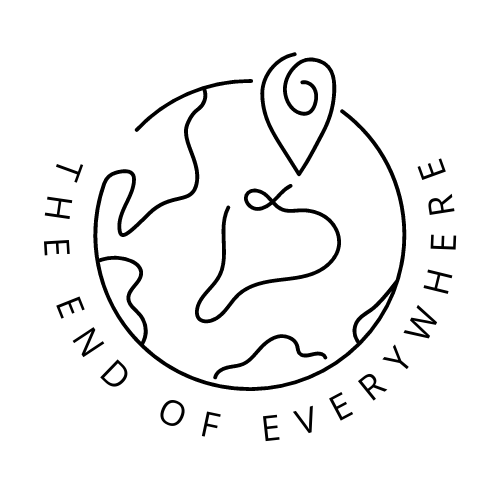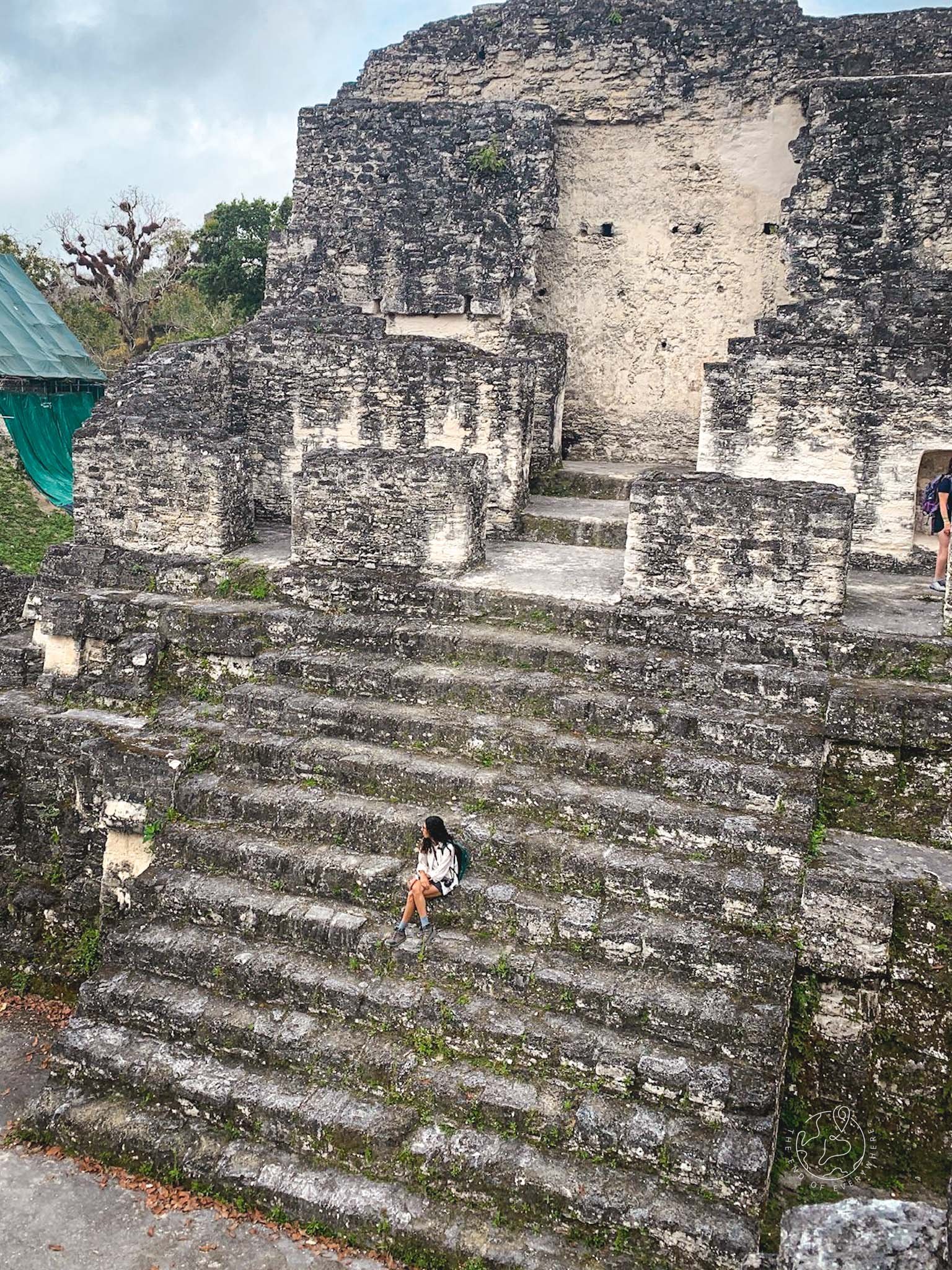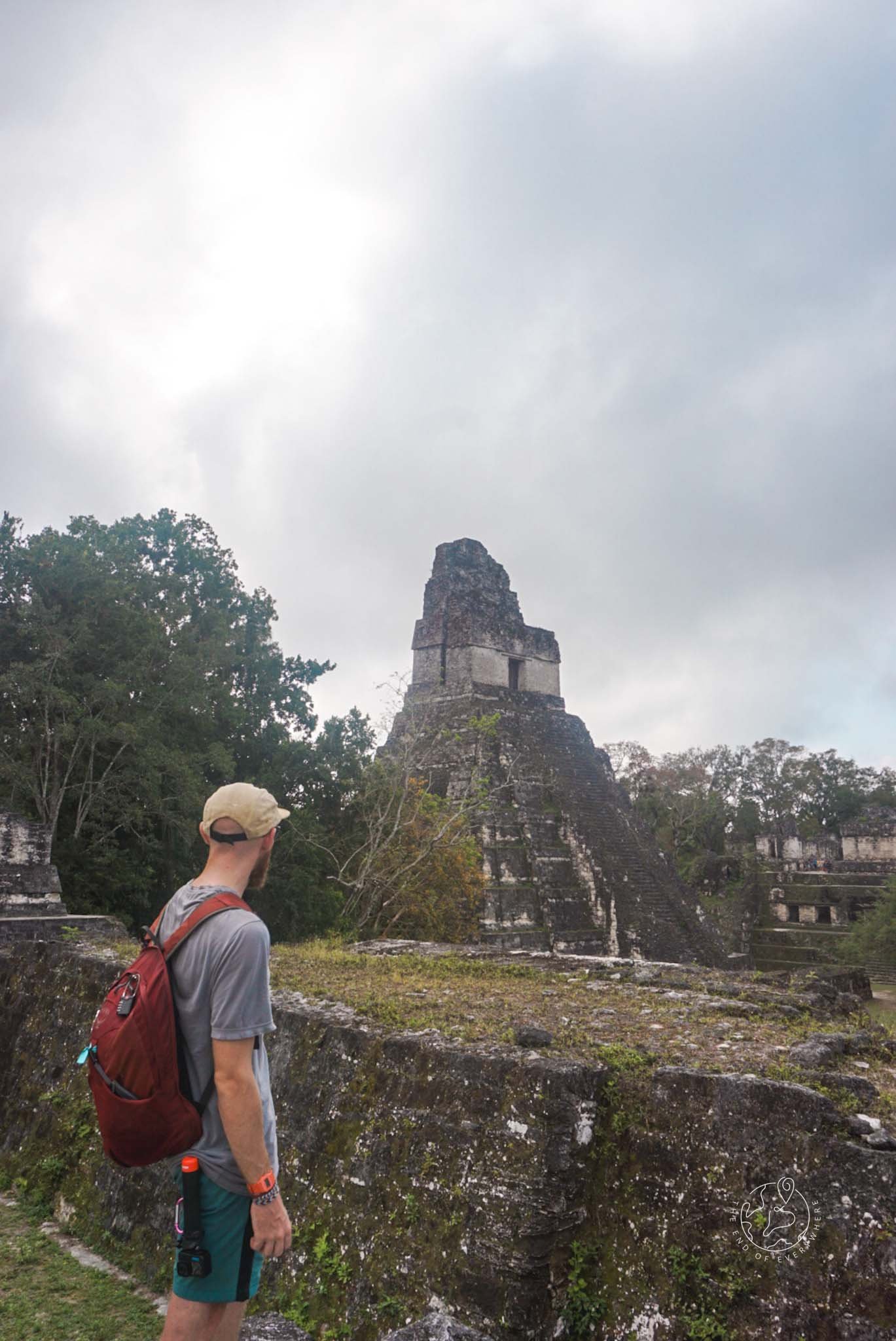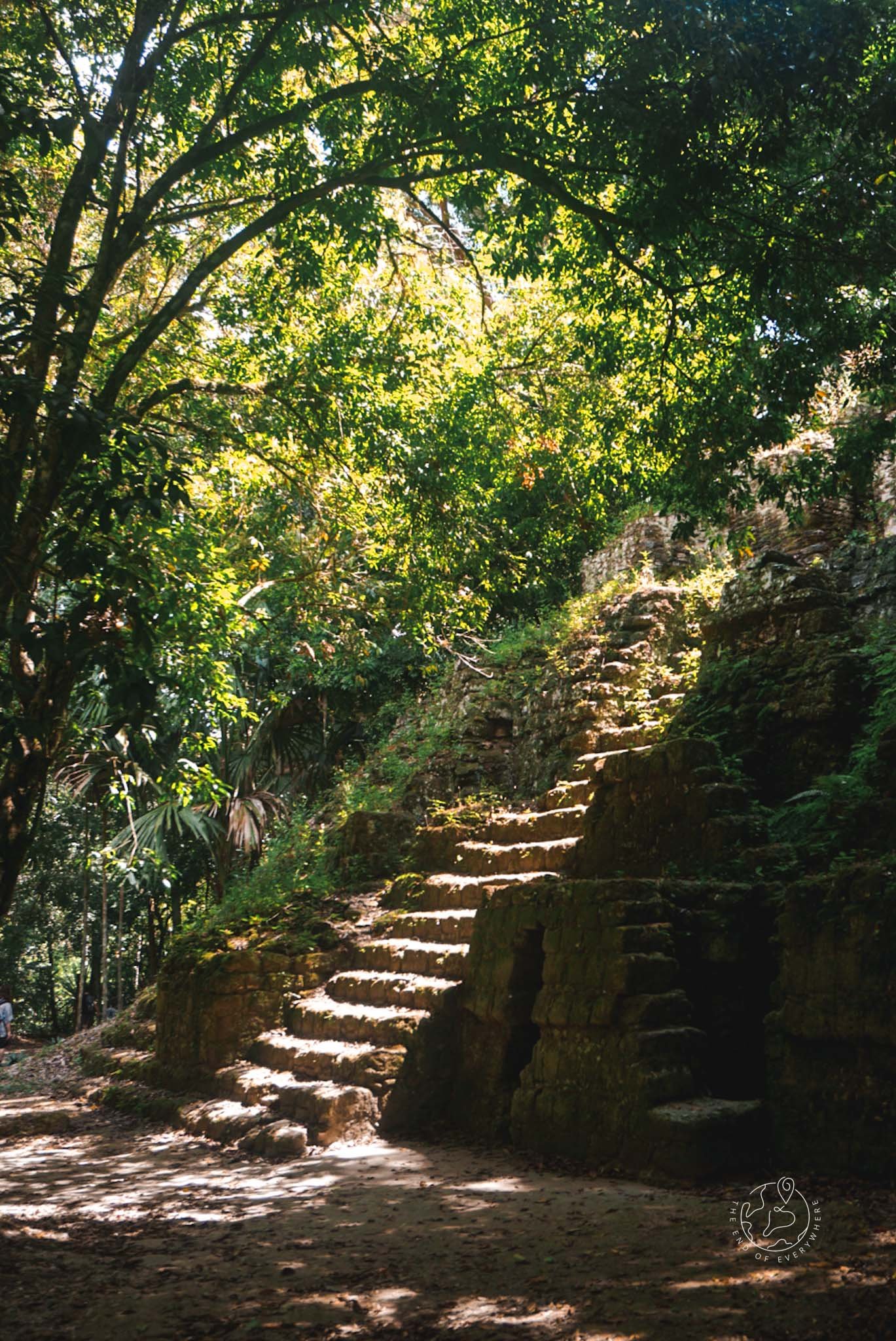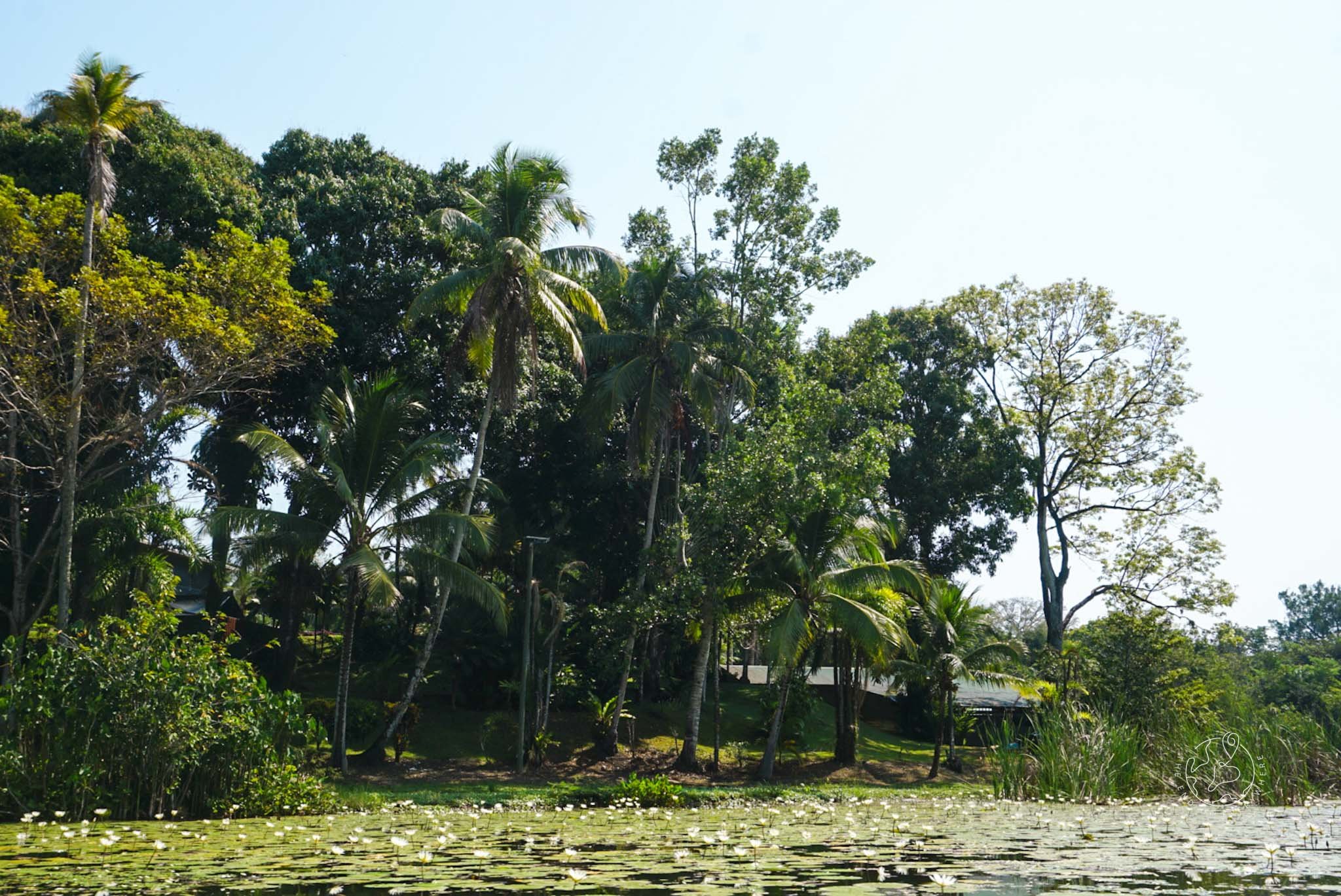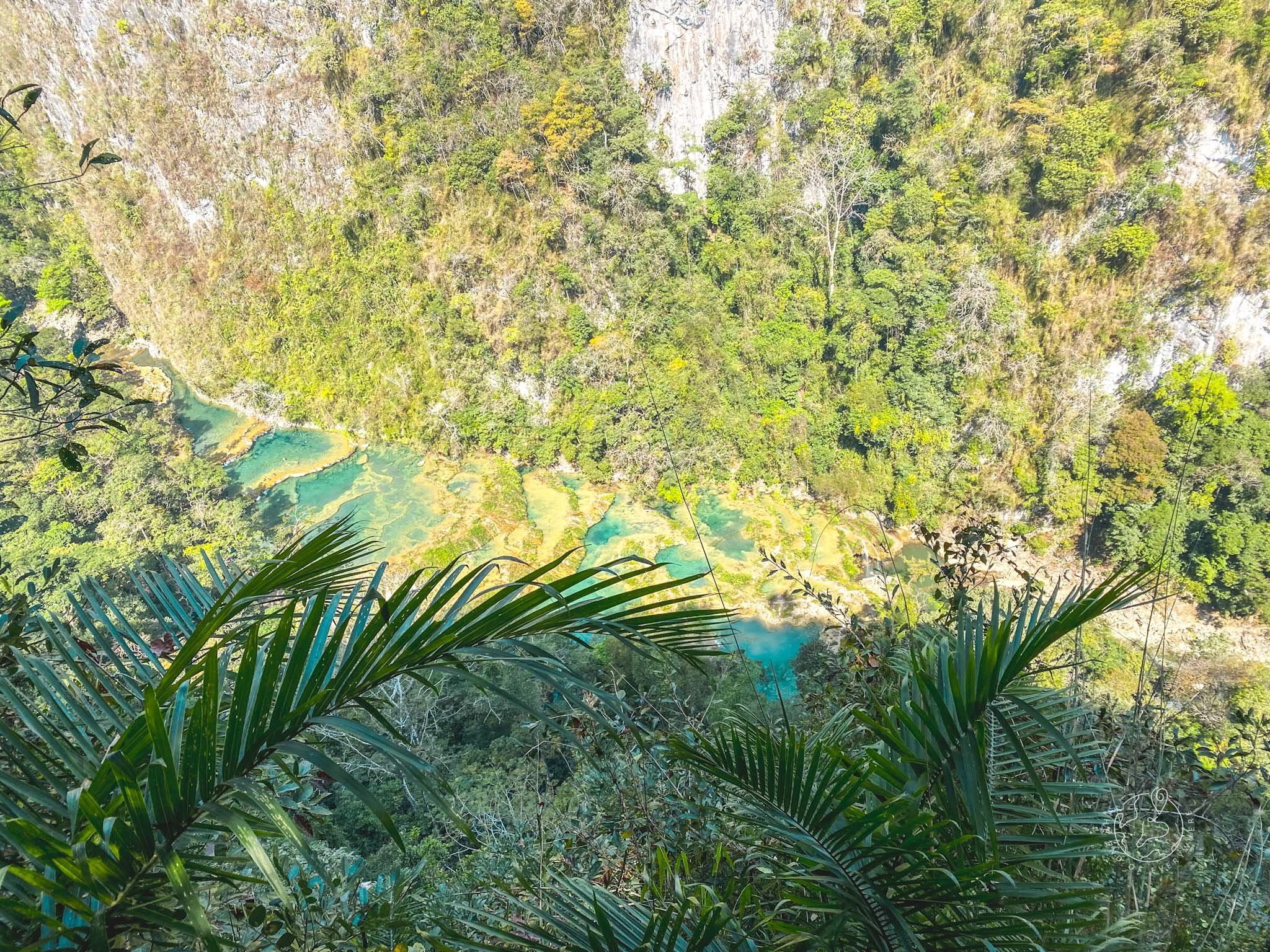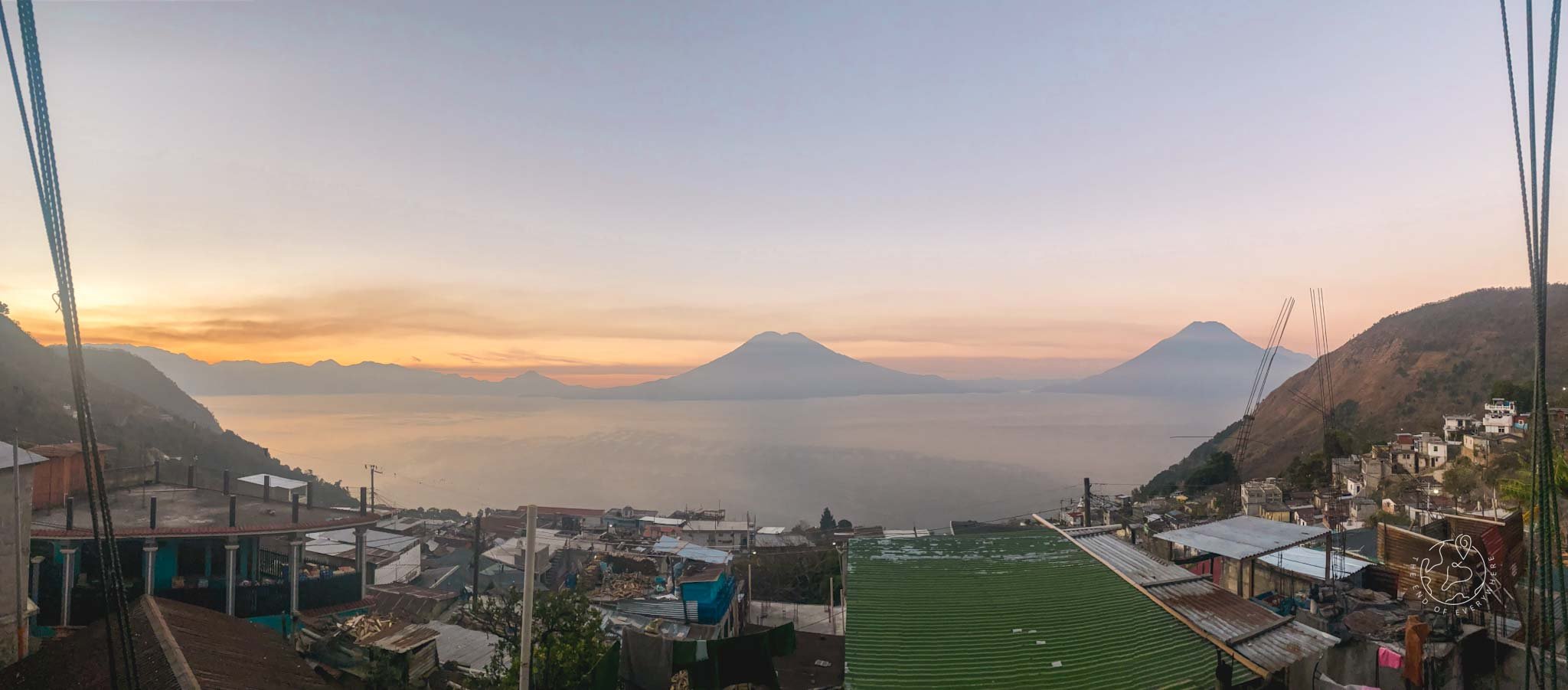Temple Ruins at Tikal
Gran Templo de Jaguar at Tikal
The sun was still rising as we entered Tikal national park, the morning cries of tropical birds and howler monkeys echoing through the thick air… the unmistakable sound of the jungle waking up.
Somewhere in there, hidden amongst the tangle of leaves of vines - almost reclaimed by nature - is the remains of one of the most powerful citadels in the ancient Mayan world. Tikal.
I’ve been over it more than once: we are two massive history nerds (thank god we found each other!) Given that we both specialised in modern European history, there’s something that awakens the sense of awe in us when it comes to ancient civilisations. We were spoiled for two months learning about Incan and Pre-Incan people as we travelled through Peru and Bolivia, and we were itching to make it up to Central America to learn more about the history of the Mayan people and, later, the Aztec Empire.
It’s fitting that our first glimpse of this period of history was Tikal, as it holds a particularly significant place in the annals of Mayan civilization. Dating back over two millennia, Tikal was one of the most powerful places in the ancient Mayan world, perhaps dating back as far as 700BC but reaching its peak at around 250AD. Its strategic location opened up trade routes connecting the highlands of Guatemala with the Caribbean coast, leading the city to amass wealth and influence.
So… what happened? Well, this is one of the things I love about ancient history: no one can be sure. The city’s greatness waned around 900AD, but the circumstances around this are mysterious. It wasn’t alone - the period is noted for a general decline in Mayan civilisation in the area. There are theories ranging from environmental damage to wars, but the truth remains hidden in history.
Abandoned, the grand palaces, temples and shrines were overtaken by the jungle. It was only in the 19th century that efforts were made to excavate and restore the site and, even today, only a small percentage has been uncovered. Walking around, we found this added to the magic of the complex - as we wound our way between excavated areas we got glimpses of stone peaking out from dense foliage and we knew there were buildings, stories and histories quite literally buried beneath.
Our day started with a 4am alarm - an all-too-familiar occurrence on this trip. We picked the 4.30am departure time for two reasons: there was more chance of seeing animals around the site in the morning, and to escape the heat of the day. Flores, the nearest town to the park, is seriously hot and humid. Climbing up stone pyramids in the heat of a 38degree day? Best avoided.
After an hour’s drive in the dark, we were standing at the park entrance ready to get our tickets with only about 50 other people as it opened at 6am. This was the first surprise to us. Tikal is a relatively accessible site, so we expected it to be very busy. Perhaps it was the early hour, but during our time in the park our group of 15 encountered hardly anyone else.
On entering we studied a model of the park and realised: it’s huge! We spent about 4 and a half hours in the complex and didn’t see it all. At its peak, Tikal was home to an estimated population of 50,000 to 100,000 inhabitants, making it one of the largest cities in the pre-Columbian Americas.
As I mentioned earlier, we only touched the surface of what you can see in the park. We started at Templo VI, one of the only temples on site to include writing inscriptions. We couldn’t really see the marks, but the location of the temple, set apart from the rest of the site, was a perfect wildlife watching spot. We immediately saw spider monkeys and toucans!
Walking through the jungle, we passed the incredibly named Templo del Gran Jaguar, which was built for the burial of King Ah Cacao, and came to the Gran Plaza - a collection of temples and palaces. This area was used for sacred ceremonies and a home for the noble members of society. We climbed Templo II for an amazing view of the entire area.
Next up was Templo IV, the highest building on the complex and one of the highest pre-Colombian structures known. The climb to the top is intense! The wooden staircase is more like a ladder, and as the heat of the day was properly settling in, it took a lot of effort to get up there, but the view… totally worth it.
It was like parachuting over the jungle - a bird’s eye view of the trees complete with stone peaks popping up above the canopy. Breath-taking in every sense of the word.
From here we went to Mundo Perdido and climbed another huge structure, and then to Plaza de Siete Templos. We reached here once the sun had burnt through the early morning mist, seeing the way the sunlight shone through the trees and onto the stone structures was special… it’s not hard to believe this was a sacred place.
As we made our way through the jungle here we got a much better view of some toucans, and saw a whole family of howler monkeys swinging through the trees. We finished the morning at Templo V, an incredibly steep structure that hides within its walls earlier pyramids that were built over, in layers.
Thoroughly exhausted after walking close to 10km around the site, we slept almost the whole way back to Flores in the bus. Sight-seeing can be hard work!
Our visit to Tikal was the end of our five weeks in Guatemala, and what an ending it was. We had heard from so many travellers that the country was the highlight of their time in Central America and we can see why. We visited wildly beautiful places, places where I continually had to pinch myself to believe it was real, and I was there.
Finishing at Tikal was the icing on the cake. Climbing those towering pyramids in sprawling stone plazas was a remarkable insight into the history, culture and society of the Maya, and the enduring legacy of this fascinating civilisation. We can’t wait to learn more as we continue to travel north.
Related Content
